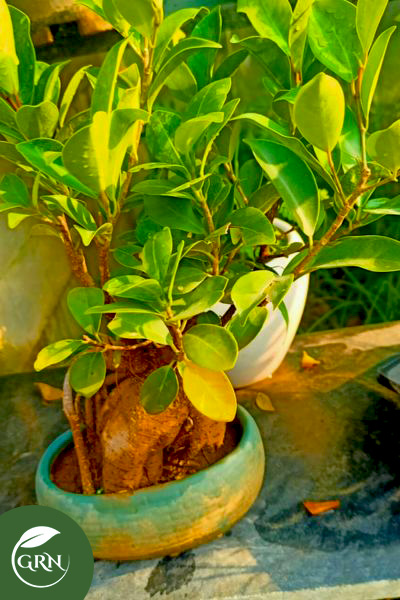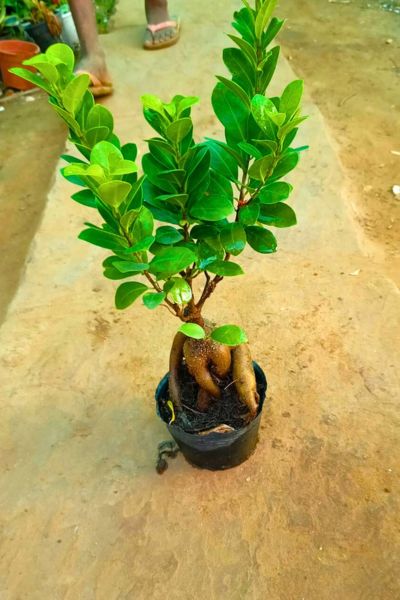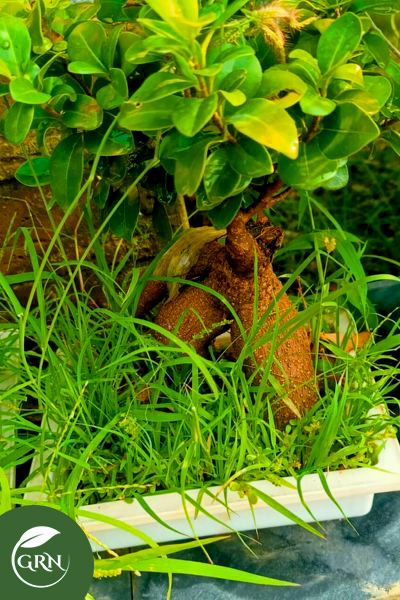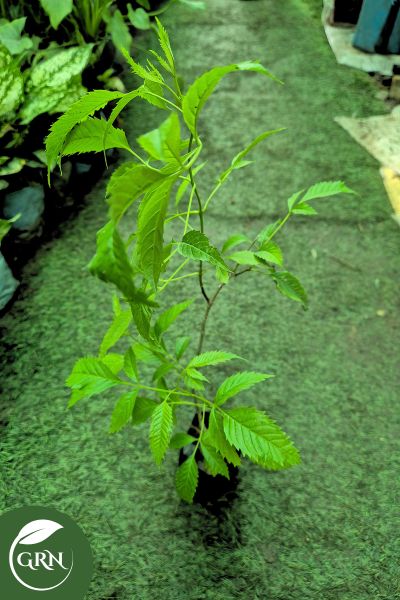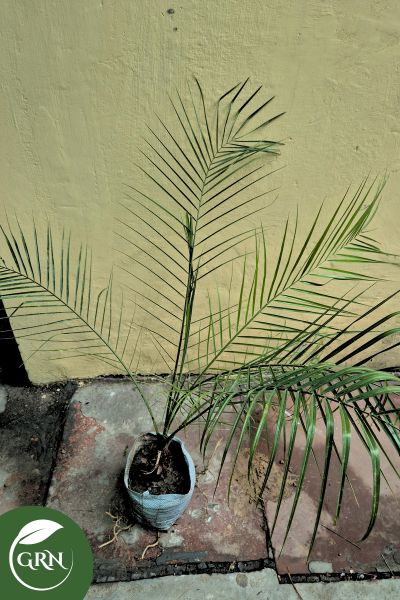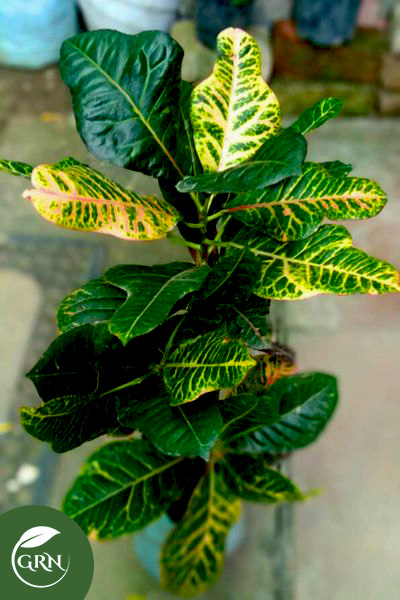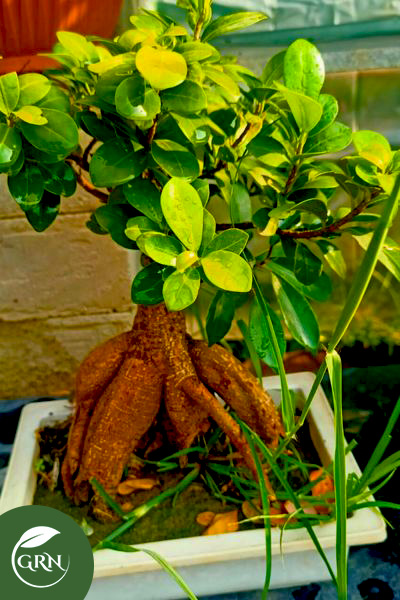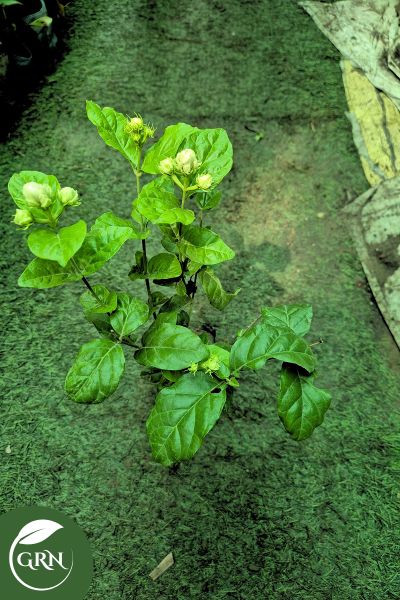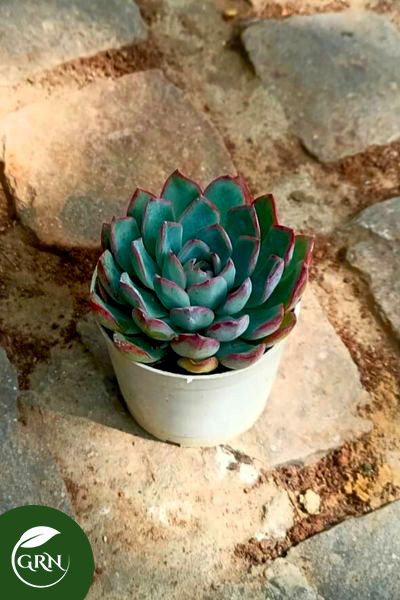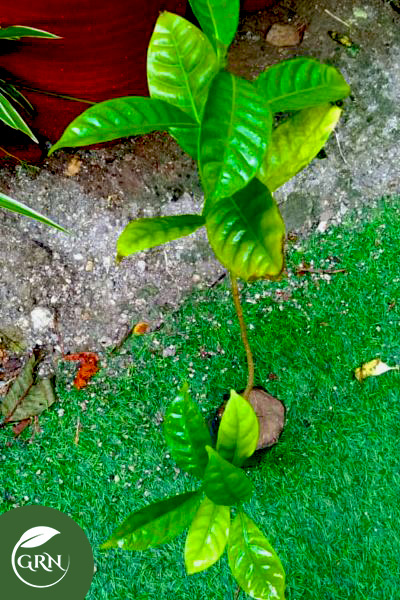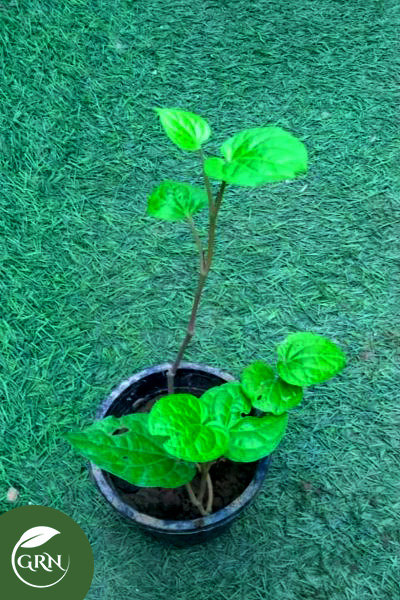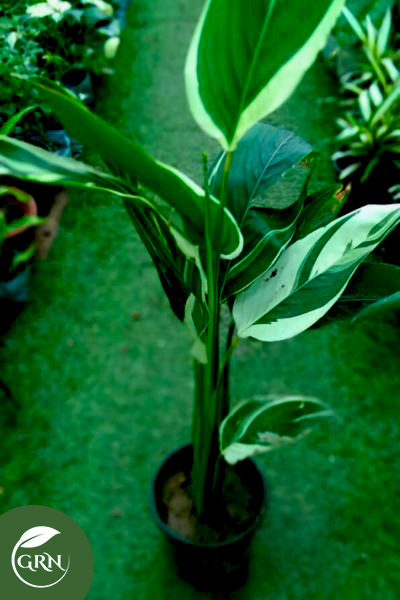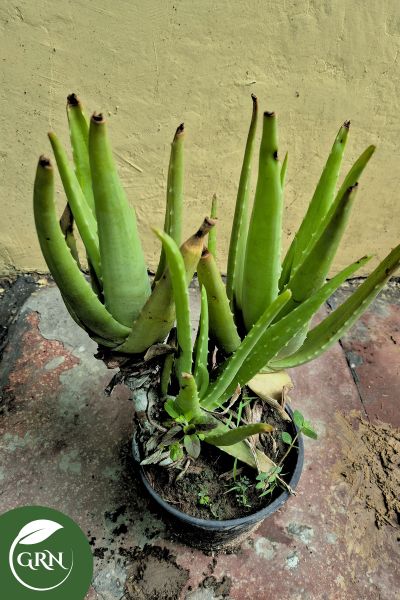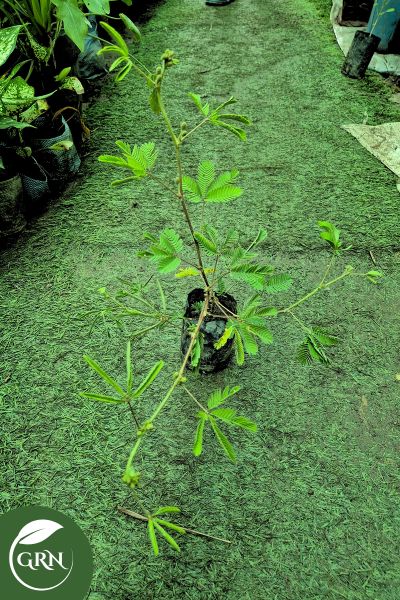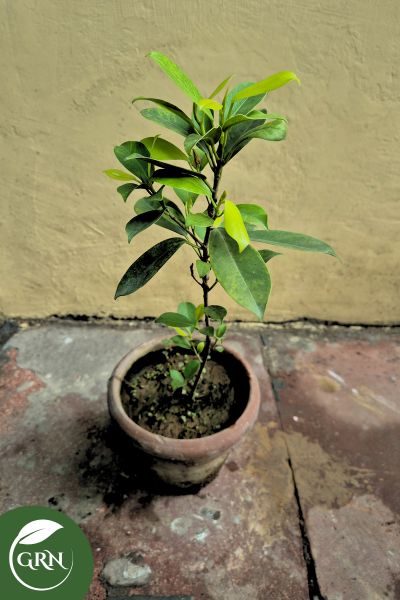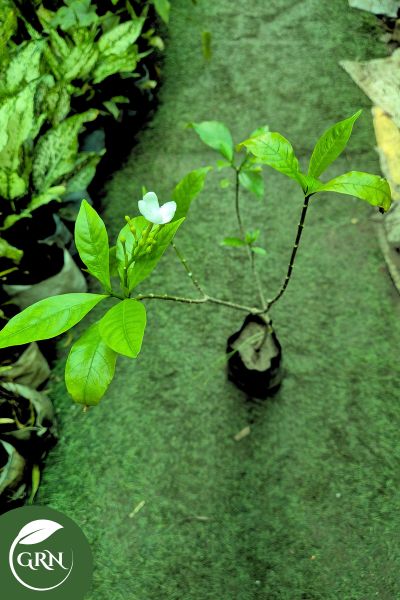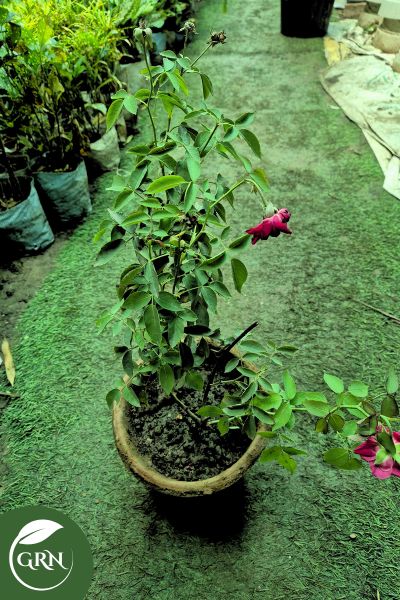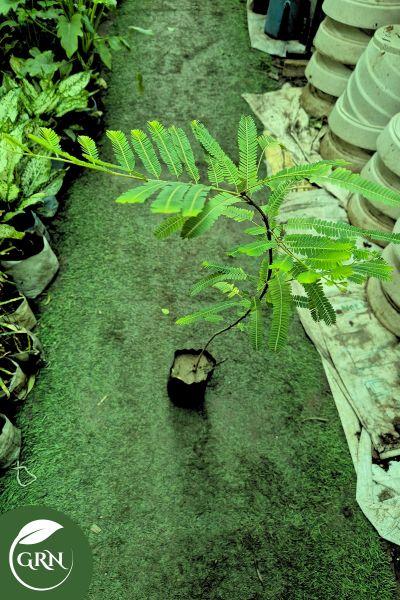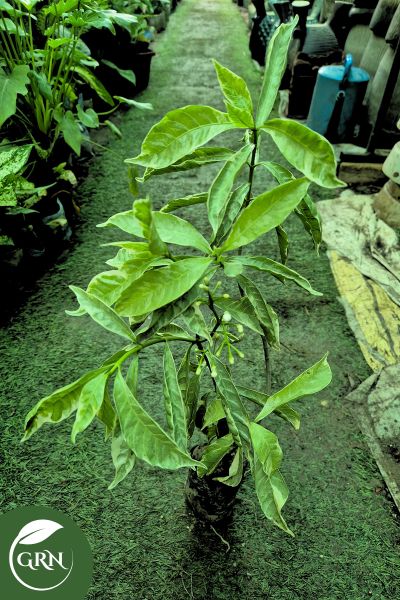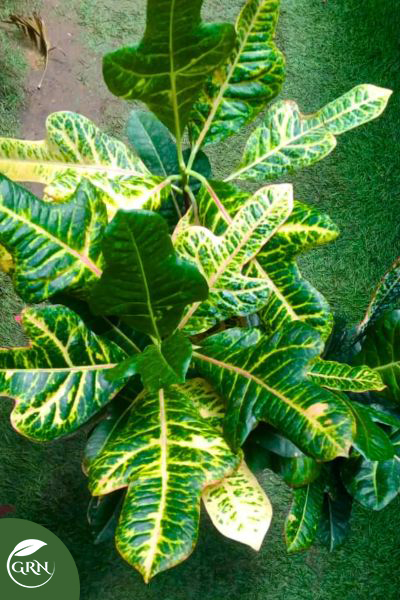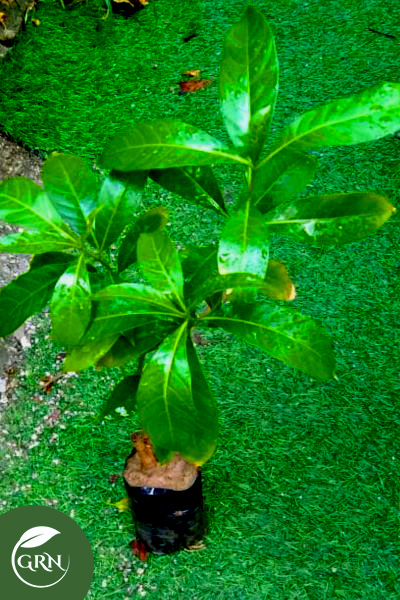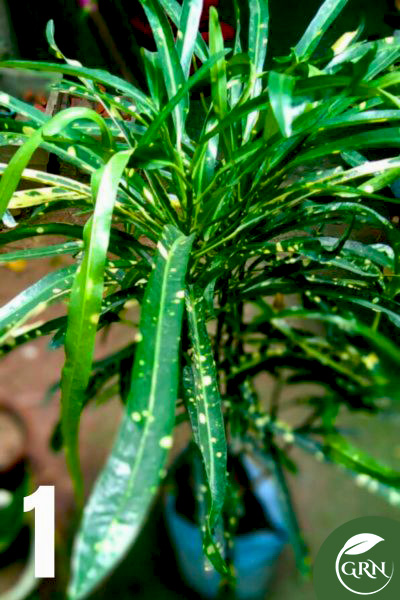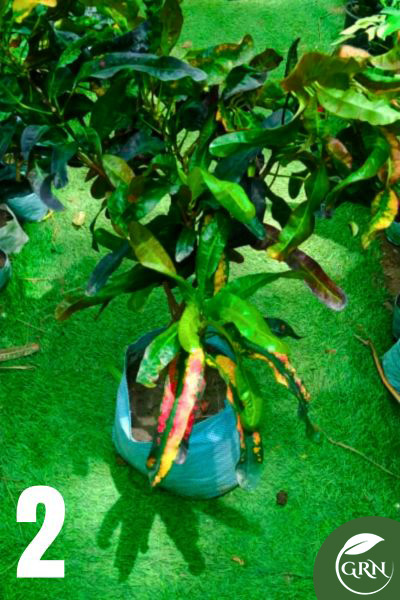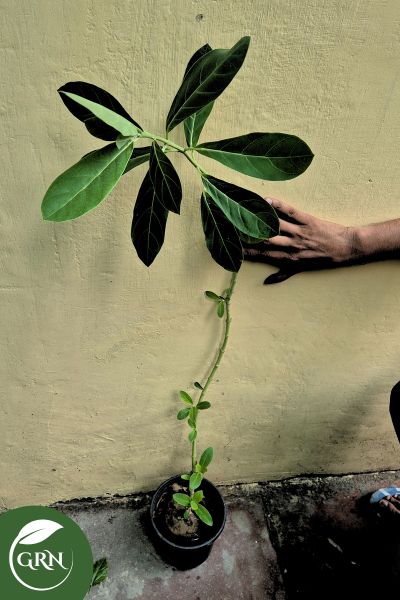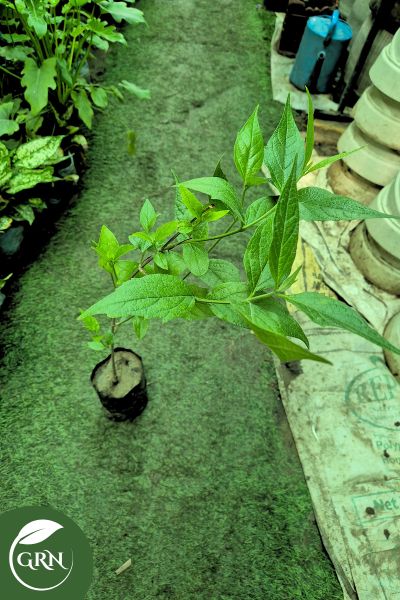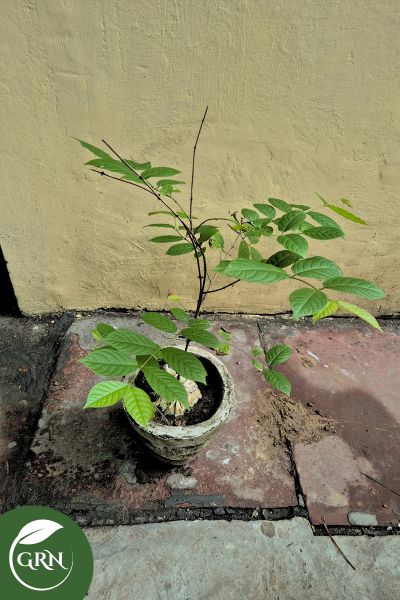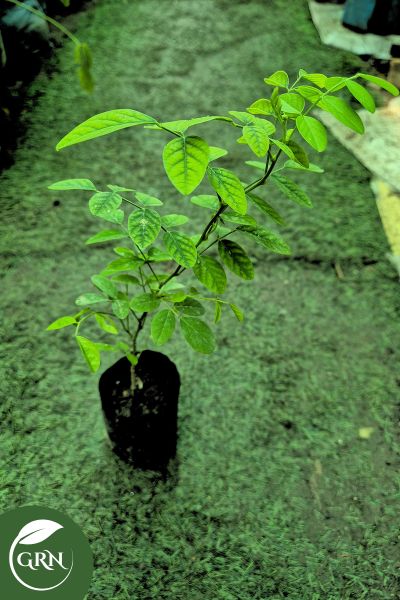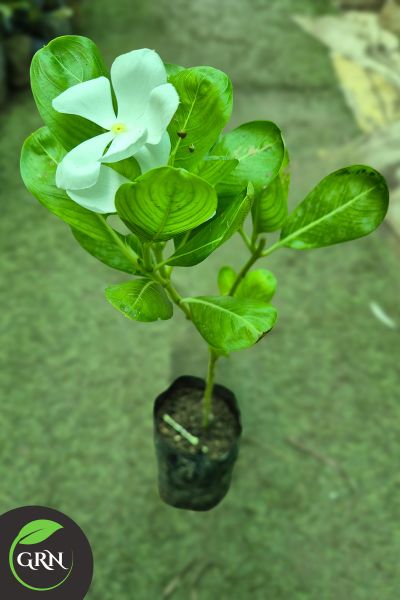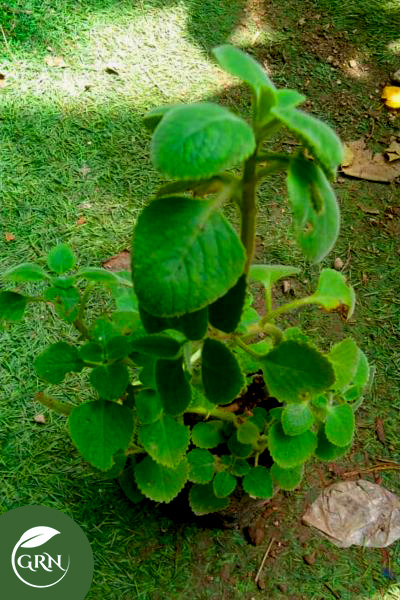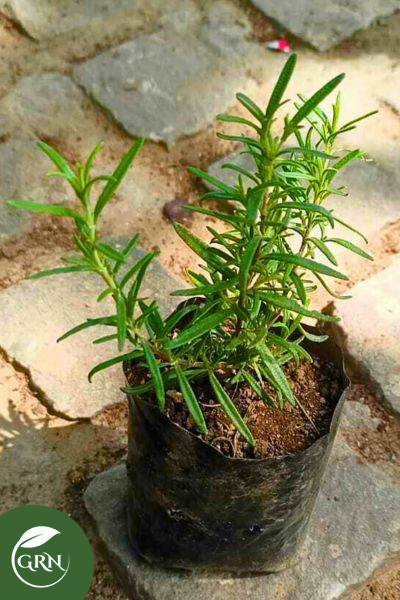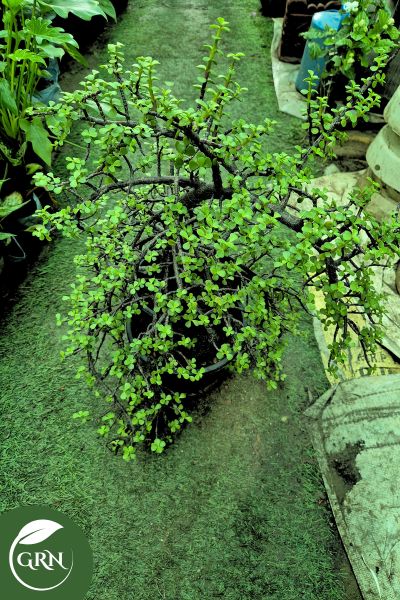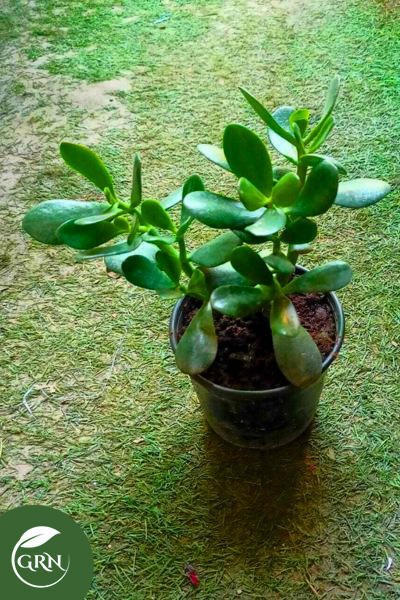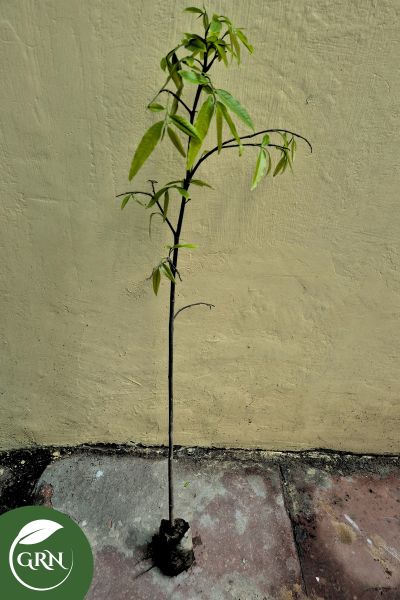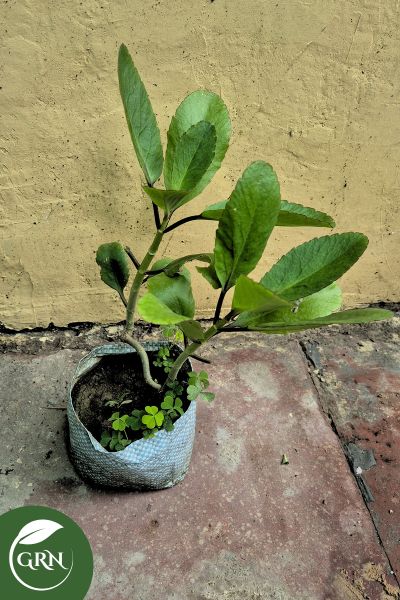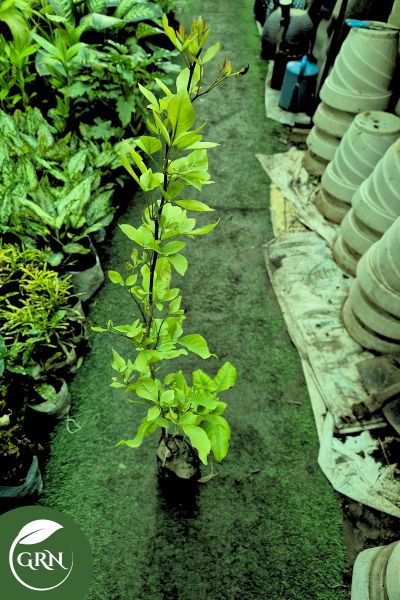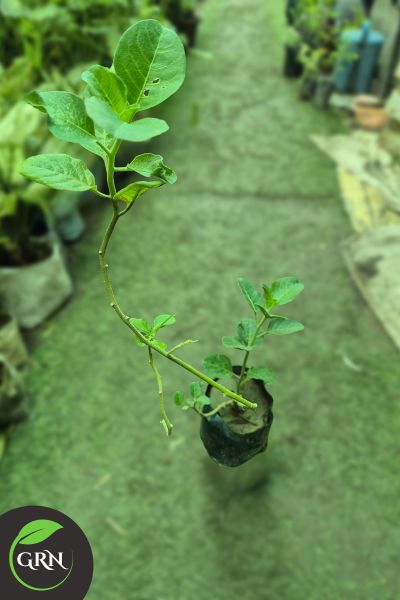Japanese Plant (Bonsai)
₹2,500.00
Here are some key aspects of bonsai plants:
- Species: Bonsai can be created from a wide variety of tree and shrub species. Common choices include pine, juniper, maple, elm, ficus, and many others. The choice of species often depends on factors like climate, local availability, and the desired aesthetic.
- Container: Bonsai plants are typically grown in special containers, known as bonsai pots or trays. These containers are chosen for their aesthetics and proportions, as they play a significant role in the overall presentation of the bonsai.
- Size: Bonsai trees are small, but their size can vary widely depending on the species and the artist’s intentions. Some bonsai may be just a few inches tall, while others can reach several feet in height.
- Pruning: Regular pruning and trimming of branches and roots are essential to maintain the bonsai’s shape and size. Pruning also encourages the development of fine branching and helps create the desired aesthetic.
Out of stock
Description
Bonsai plants are tiny trees carefully shaped and pruned to resemble full-grown trees. Originating in Japan, this art form requires patience and attention to detail, as each tree is cultivated through techniques like trimming, wiring branches, and controlling growth. Bonsai trees are typically grown in containers in outdoor places, which help limit their size while maintaining a natural, mature look. There are many different species of bonsai, each with its own care requirements, but all of them reflect a deep connection to nature and the peaceful beauty found in simplicity
Related products
-
- Select options This product has multiple variants. The options may be chosen on the product page
Bougainvillea Variegated (Pink, White, Yellow, Orange) Flowers in 8 Inch Pot
- ₹100.00
-
- Select options This product has multiple variants. The options may be chosen on the product page
Bangalore Croton Medium Size Plant
- ₹240.00
-
- Out of Stock
- Read more
Japanese Plant (Bonsai) Large
- ₹2,000.00
-
-
- Out of Stock
- Read more
Expensive Japanese Plant (Bonsai Plant)
- ₹2,500.00
-
-
- Select options This product has multiple variants. The options may be chosen on the product page
Small Size Bonsai Trees (Japanese Plant)
- ₹300.00
-
- Select options This product has multiple variants. The options may be chosen on the product page
Peeple Plant / Sacred Fig / Ficus Religiosa in 4 Inch Polybag
- ₹100.00 – ₹120.00
-
- Select options This product has multiple variants. The options may be chosen on the product page
Double Chandni (Pinwheelflower) Plant
- ₹50.00 – ₹120.00
-
- Select options This product has multiple variants. The options may be chosen on the product page
Rose (Gulab) Mix Colour Variety in 8 Inch Pot
- ₹120.00
-
- Select options This product has multiple variants. The options may be chosen on the product page
Alba Champa (Plumeria) Plant
- ₹99.00 – ₹180.00
-
- Select options This product has multiple variants. The options may be chosen on the product page
Codiaeum Variegatum (Croton) Large
- ₹450.00 – ₹550.00
-
- Select options This product has multiple variants. The options may be chosen on the product page
Rosemary (Rosmarinus Officinalis) Plant
- ₹185.00 – ₹235.00

